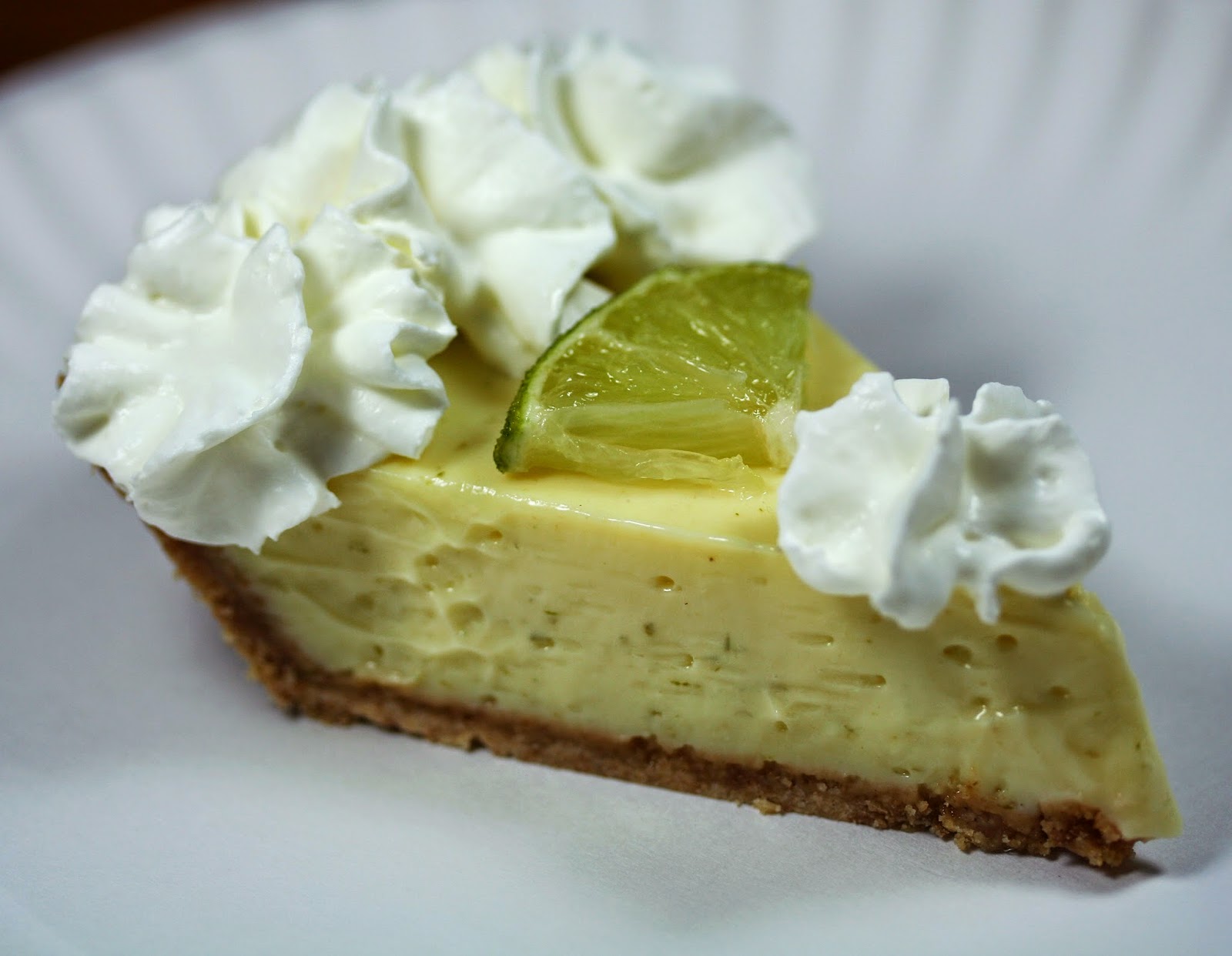One of the best parts of a German meal is the dessert. Germans really know their sugary sweets. While I normally go for something chocolate, occasionally I feel the need to try something with a pile of freshly whipped cream. And that thing is normally some type of strudel.
You've probably seen several different fillings, but I decided to make a sweet strudel, with apples and walnuts in the filling. I left out the raisins since I think they're nasty, but you can certainly add them back in. When I pulled this goodie out of the oven, I almost couldn't believe I'd made the thing. Like an apple pie, but self-contained, tender, flaky, and scrumptious.
Apfelstrudel (Apple Strudel)
From Kaffeehaus: Exquisite Desserts from the Classic Cafés of Vienna, Budapest, and Prague by Rick Rodgers
2 tablespoons golden rum (or use apple juice)
3 tablespoons raisins
¼ teaspoon ground cinnamon
⅓ cup plus 1 tablespoon granulated sugar
½ cup (1 stick) unsalted butter, melted, divided
1½ cups fresh plain bread crumbs
From Kaffeehaus: Exquisite Desserts from the Classic Cafés of Vienna, Budapest, and Prague by Rick Rodgers
2 tablespoons golden rum (or use apple juice)
3 tablespoons raisins
¼ teaspoon ground cinnamon
⅓ cup plus 1 tablespoon granulated sugar
½ cup (1 stick) unsalted butter, melted, divided
1½ cups fresh plain bread crumbs
Strudel Dough
½ cup coarsely chopped walnuts
2 pounds tart baking apples, peeled, cored and cut into ¼-inch-thick slices
2 pounds tart baking apples, peeled, cored and cut into ¼-inch-thick slices
Mix the rum and raisins in a bowl. Mix the cinnamon and sugar in another bowl. Heat 3 tablespoons of the butter in a large skillet over medium-high. Add the breadcrumbs and cook whilst stirring until golden and toasted. This will take about 3 minutes. Let it cool completely.
Put the rack in the upper third of the oven and preheat the oven to 400°F. Line a large baking sheet with baking paper (parchment paper). Make the strudel dough as described below. Spread about 3 tablespoons of the remaining melted butter over the dough using your hands (a bristle brush could tear the dough, you could use a special feather pastry brush instead of your hands). Sprinkle the buttered dough with the bread crumbs.
Spread the walnuts about 3 inches from the short edge of the dough in a 6-inch wide strip. Mix the apples with the raisins (including the rum), and the cinnamon sugar. Spread the mixture over the walnuts.
Fold the short end of the dough onto the filling. Lift the tablecloth at the short end of the dough so that the strudel rolls onto itself. Transfer the strudel to the prepared baking sheet by lifting it. Curve it into a horseshoe to fit. Tuck the ends under the strudel. Brush the top with the remaining butter.
Bake the strudel for about 30 minutes or until it is a deep golden brown. Cool for at least 30 minutes before slicing. Use a serrated knife and serve either warm or at room temperature. It is best on the day it is baked.
Strudel Dough
Strudel Dough
1⅓ cups unbleached all-purpose flour
⅛ teaspoon sea salt
7 tablespoons water, plus more if needed
2 tablespoons vegetable oil, plus additional for coating the dough
½ teaspoon apple cider vinegar
Combine the flour and salt in a stand-mixer fitted with the paddle attachment. Mix the water, oil and vinegar in a measuring cup. Add the water/oil mixture to the flour with the mixer on low speed. You will get a soft dough. Make sure it is not too dry, add a little more water if necessary.
Take the dough out of the mixer. Change to the dough hook. Put the dough ball back in the mixer. Let the dough knead on medium until you get a soft dough ball with a somewhat rough surface.Take the dough out of the mixer and continue kneading by hand on an unfloured work surface. Knead for about 2 minutes. Pick up the dough and throw it down hard onto your working surface occasionally.Shape the dough into a ball and transfer it to a plate. Oil the top of the dough ball lightly. Cover the ball tightly with plastic wrap. Allow to stand for 30 to 90 minutes (longer is better).
It would be best if you have a work area that you can walk around on all sides like a 36-inch round table or a work surface of 23x38 inches. Cover your working area with table cloth, dust it with flour and rub it into the fabric. Put your dough ball in the middle and roll it out as much as you can.
Pick the dough up by holding it by an edge. This way the weight of the dough and gravity can help stretching it as it hangs. Using the back of your hands to gently stretch and pull the dough. You can use your forearms to support it.
The dough will become too large to hold. Put it on your work surface. Leave the thicker edge of the dough to hang over the edge of the table. Place your hands underneath the dough and stretch and pull the dough thinner using the backs of your hands. Stretch and pull the dough until it's about 2 feet wide and 3 feet long, it will be tissue-thin by this time. Cut away the thick dough around the edges with scissors. The dough is now ready to be filled.
7 tablespoons water, plus more if needed
2 tablespoons vegetable oil, plus additional for coating the dough
½ teaspoon apple cider vinegar
Combine the flour and salt in a stand-mixer fitted with the paddle attachment. Mix the water, oil and vinegar in a measuring cup. Add the water/oil mixture to the flour with the mixer on low speed. You will get a soft dough. Make sure it is not too dry, add a little more water if necessary.










